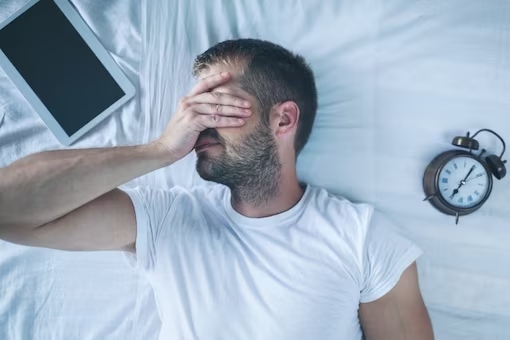The summer season puts many people in the mood for an afternoon siesta. A short nap can help you feel rejuvenated, reduce exhaustion, improve your focus and even better your performance.
However, there are some negative effects of napping as well. A long nap can actually lead to you feeling more sleepy and disoriented. It can also disrupt your sleep schedule and leave you wide awake at night.
To give your body some rest and manage your sleep schedule better, there are some dos and don’ts you need to take into account about napping:
Do’s:
- Power naps: A short nap of 10-15 minutes is the best way to energise your body and mind. Ensure that you do not sleep for long periods of time as it can wreak havoc on your focus and alertness levels.
- Nap in the early afternoon: Going to sleep after 3 pm can alter your sleep schedule. Factors like age, need for rest and medication (if any) can also affect the timing of your afternoon siesta. Experts recommend that going for some shut-eye during 12 noon to 2 pm is the best time.
- Period of rest: After your nap, give yourself some time to relax before resuming your activities, especially if they require intense focus.
- Nap in places with a relaxed atmosphere: Ensure that you go for a siesta in a place with a relaxed atmosphere instead of a chaotic one. Choose a quiet place with cool temperatures and less light to ensure you can nap well.
Don’ts:
- Nap for over one hour: It can leave you feeling disoriented and lethargic.
- Make changes to your routine: This can hinder your body in getting acclimated to its new sleep schedule. For example, if you are napping for one hour on one day, and 20 minutes on another, your body’s night-time routine will be disrupted.
Frequent naps- Signs of sleep disorder?
If you are feeling the urge to nap frequently during the day, it could be a sign of sleep disorders like obstructive sleep apnea and insomnia. Sleep issues have also been associated with mental health problems. For instance, people with depression are more likely to develop sleep issues, including a tendency to catch up on their shut-eye with day-time naps.


